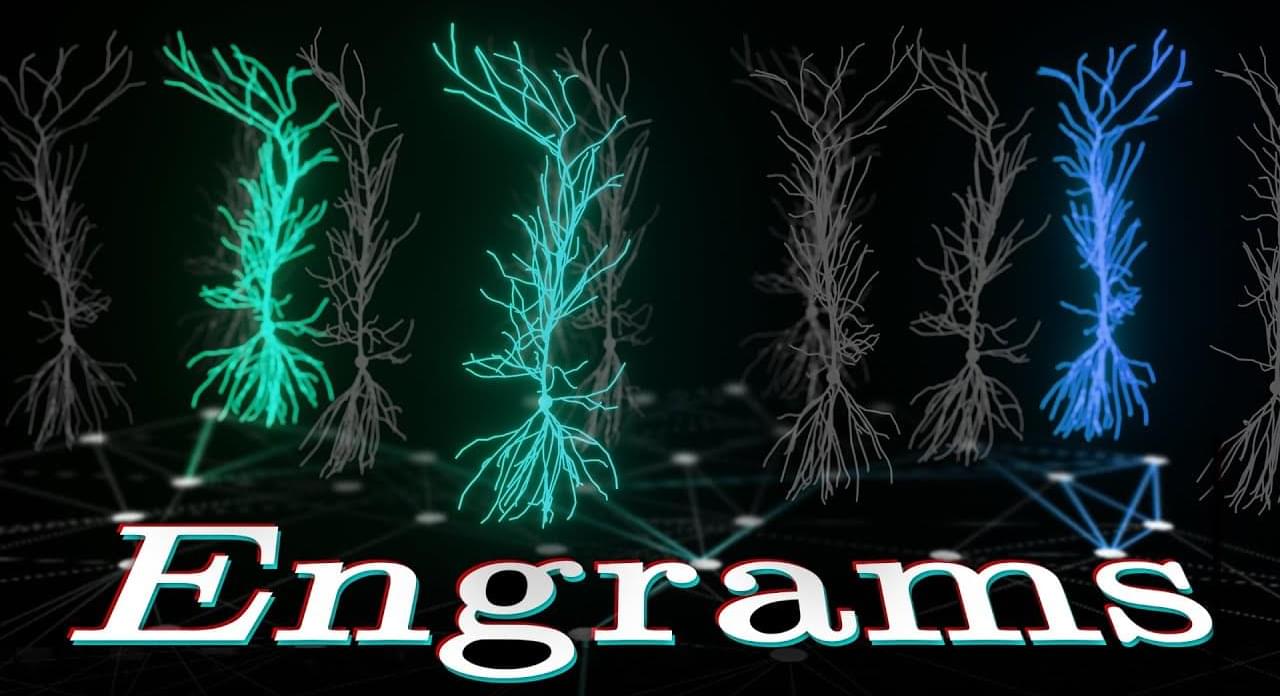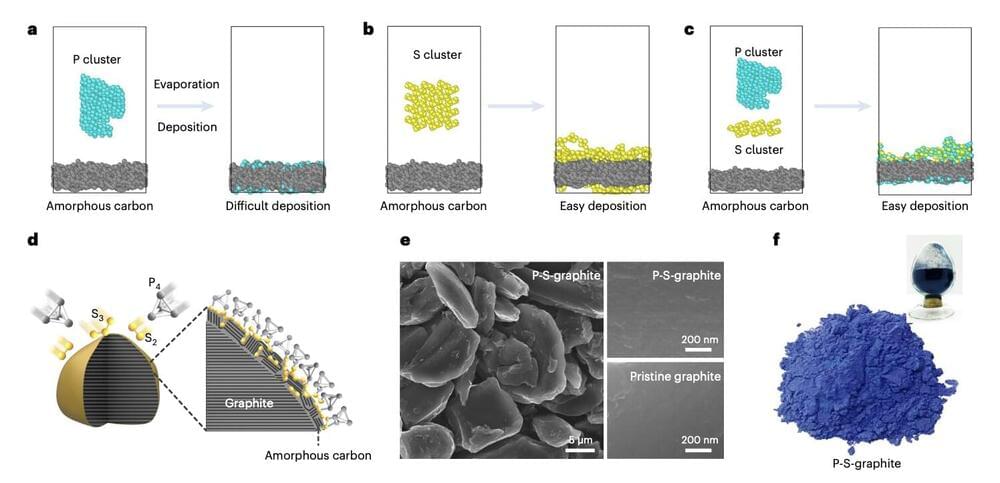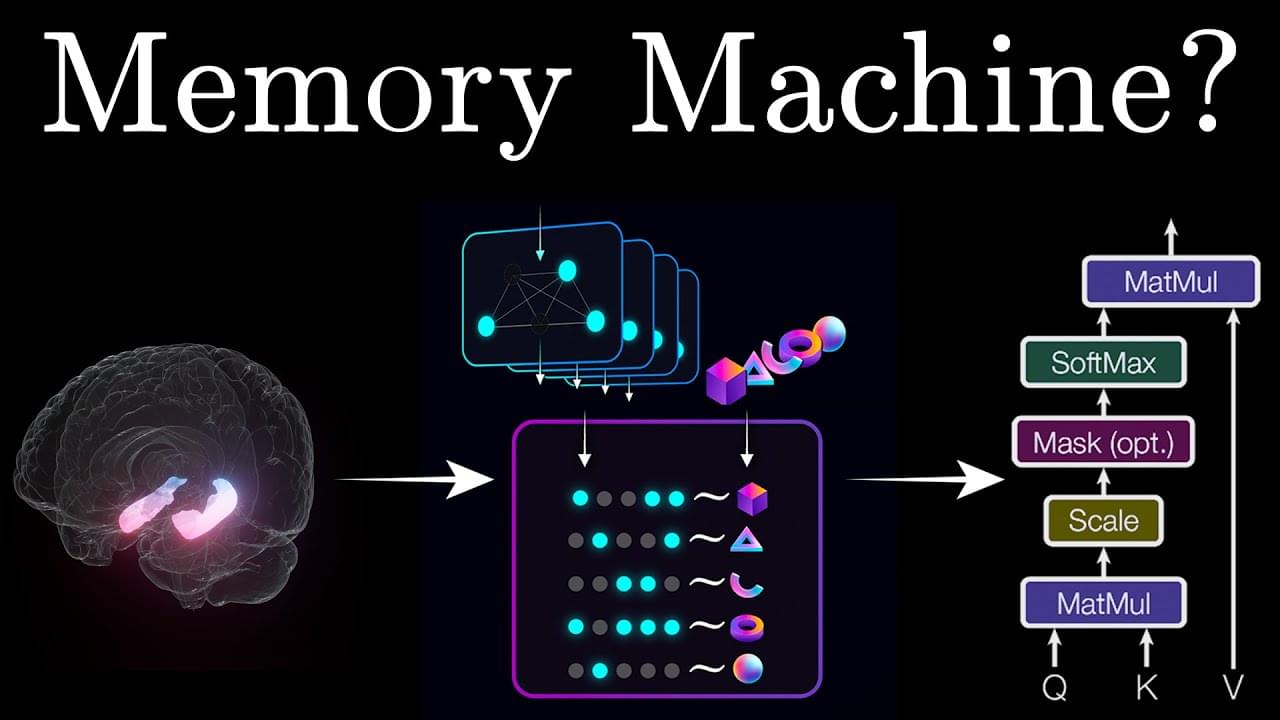Nov 25, 2023
Could IonQ become the next Nvidia?
Posted by Dan Breeden in categories: quantum physics, robotics/AI
Nvidia’s (NASDAQ: NVDA) stock has rallied about 1,110% over the past five years, turning it into the world’s first trillion-dollar chipmaker. A large portion of that rally was fueled by the explosive growth of the artificial intelligence (AI) market, which drove more companies to buy Nvidia’s high-end data center chips for processing AI tasks.
Nvidia might still have room to run, but it’s asking a lot for a $1.2 trillion company to generate even bigger multibagger gains. Therefore, many investors are already likely seeking out the “next Nvidia” — a company that is exposed to the same secular AI tailwinds but has more upside potential. Could the quantum computing company IonQ (NYSE: IONQ) check all the right boxes?
Unlike traditional computers, which process data with binary “bits” of zeros and ones, quantum computers can store zeros and ones simultaneously in “qubits” to process data at much faster rates. However, quantum computing systems are also much larger, more expensive, and more prone to making mistakes than traditional computers.

















